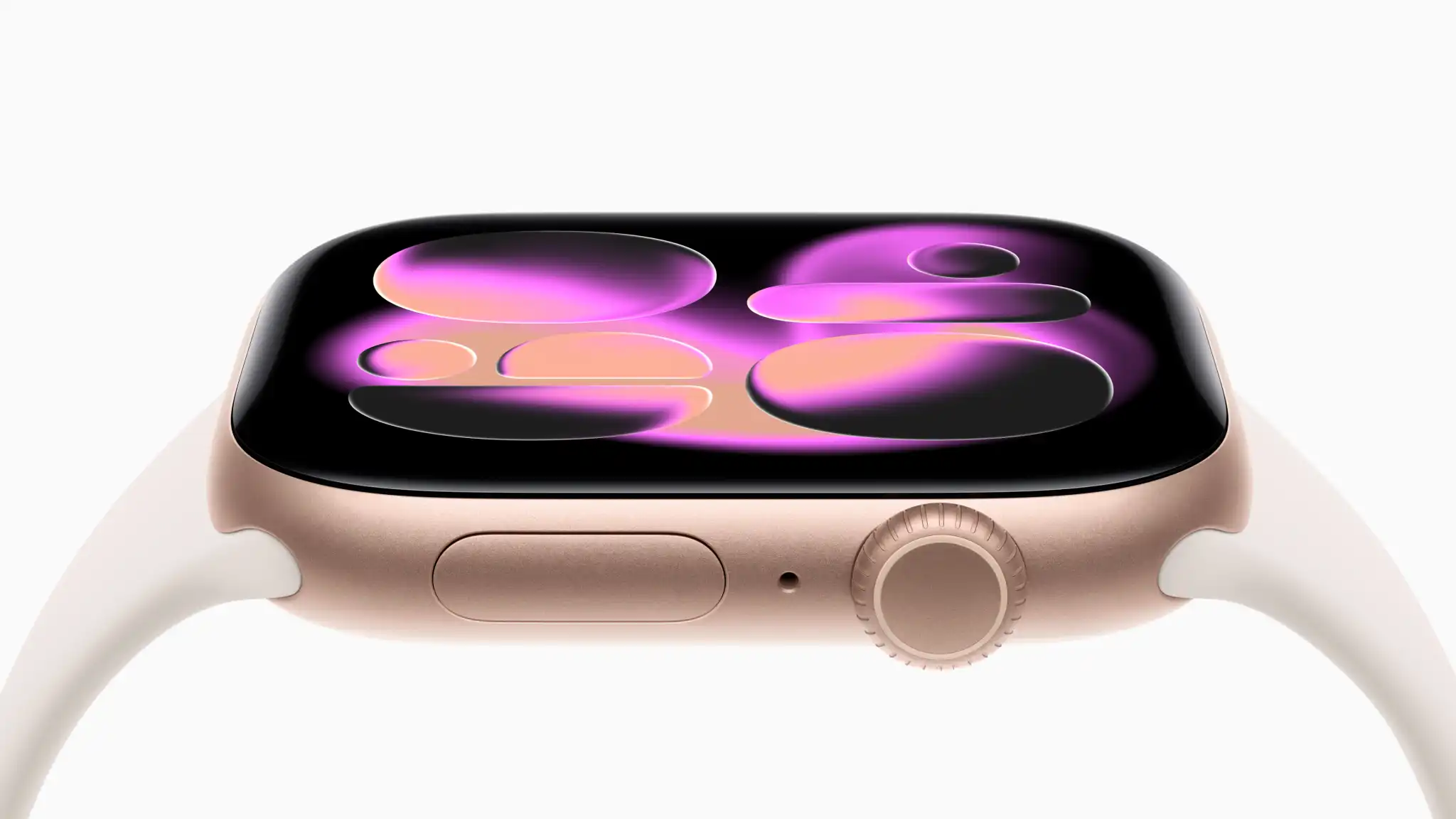When Apple first launched the Watch, it was a fitness gadget. Today, it’s something else entirely — a silent observer of your body’s story, learning your rhythms and reacting to deviations before you even notice them.
The Apple Watch 11 isn’t just counting steps; it’s modeling you. With improved sensors for heart rate variability, temperature, blood oxygen, and even subtle micro-movements during sleep, it’s building a continuously updated picture of your physical and mental state. Over time, the Watch starts to know what “normal” looks like for you — and that’s where the real shift begins.
Most people think the magic lies in the sensors. It doesn’t. It’s in the personal baseline those sensors create. When your watch alerts you that your heart rate is abnormally high or your sleep pattern looks disrupted, it’s not comparing you to “everyone.” It’s comparing you to you — last week, last month, last year.
That’s where Apple’s strength shines. It’s not just capturing data; it’s interpreting it. Quietly. Responsibly. On your wrist.
This evolution isn’t about chasing numbers. It’s about building awareness. The Apple Watch 11 helps you spot when you’re off balance before burnout hits, or when your recovery lags before your next workout. It’s a mirror that reflects your body’s truth, not your social feed’s expectations.
As we step into a future where preventive health becomes mainstream, devices like the Apple Watch 11 aren’t replacing doctors — they’re extending your awareness. They give you the context to take action earlier, live smarter, and understand yourself in a way that was impossible even five years ago.
Because the future of health isn’t about more tracking.
It’s about better understanding.



